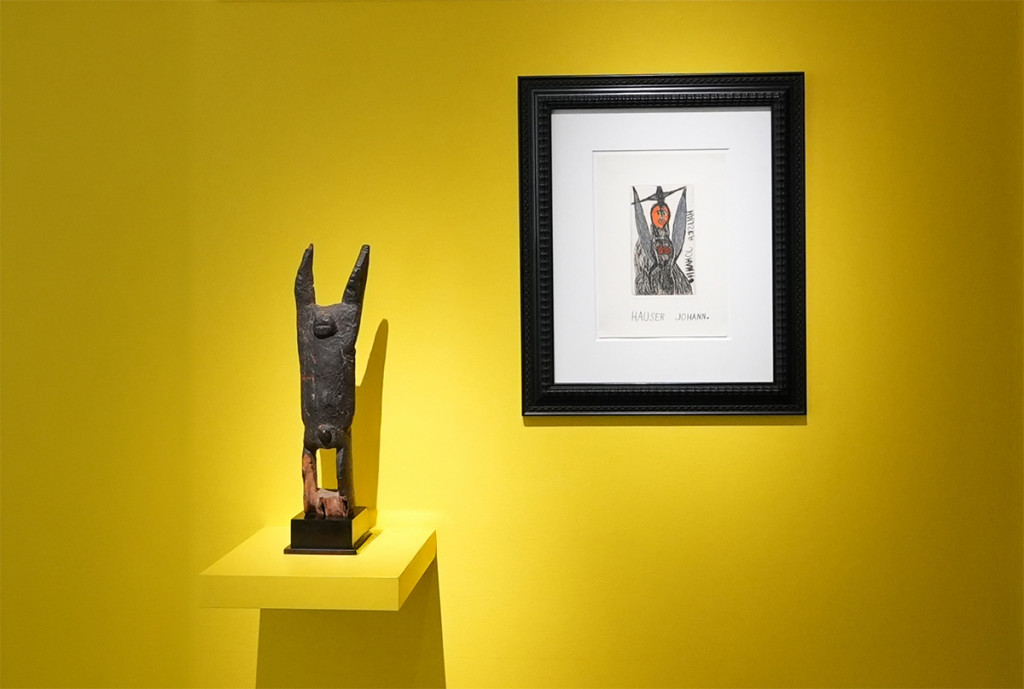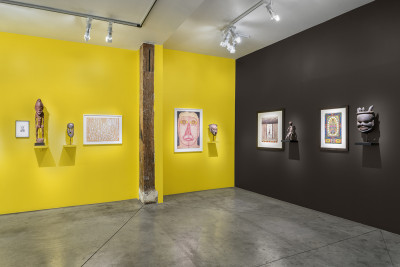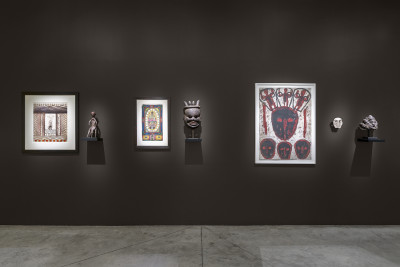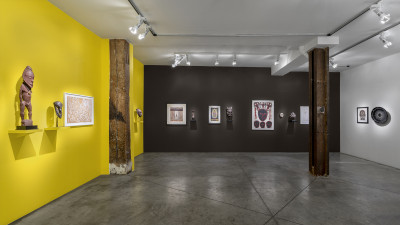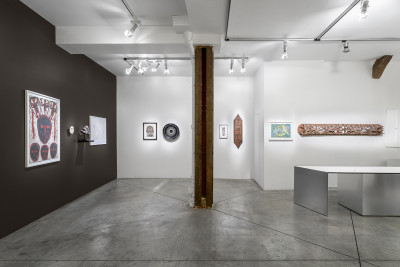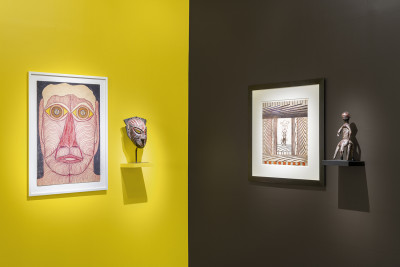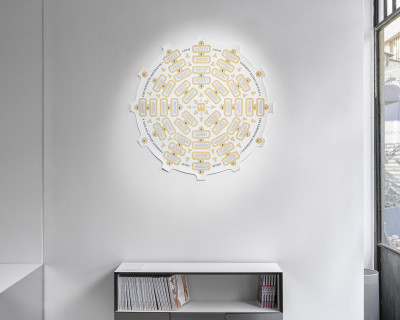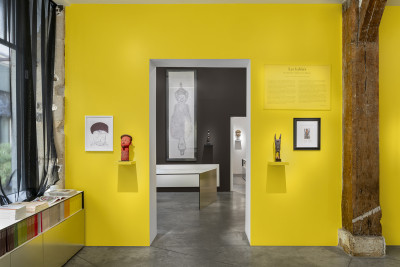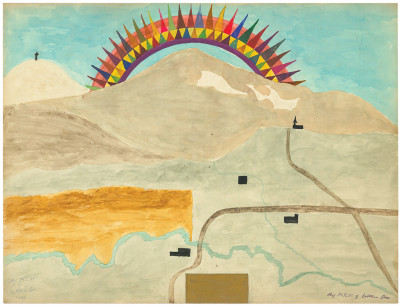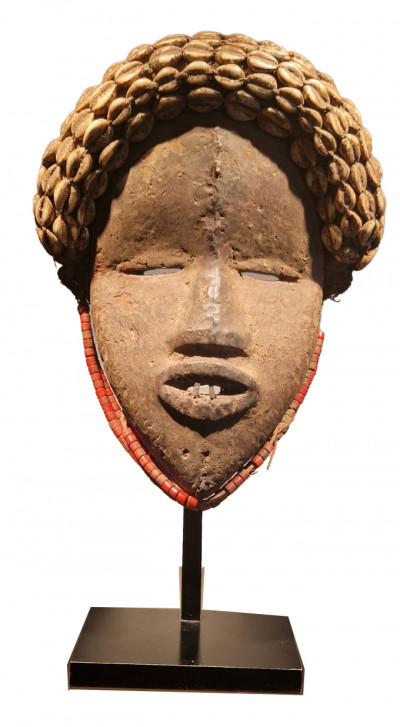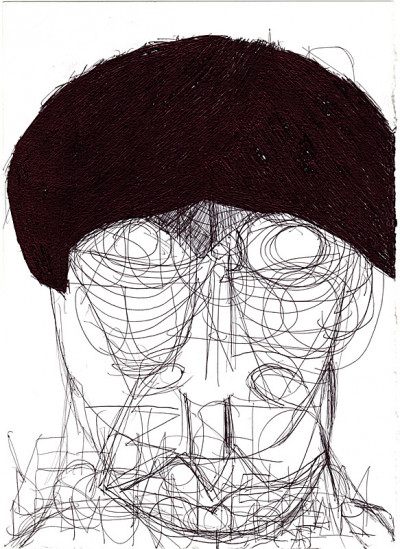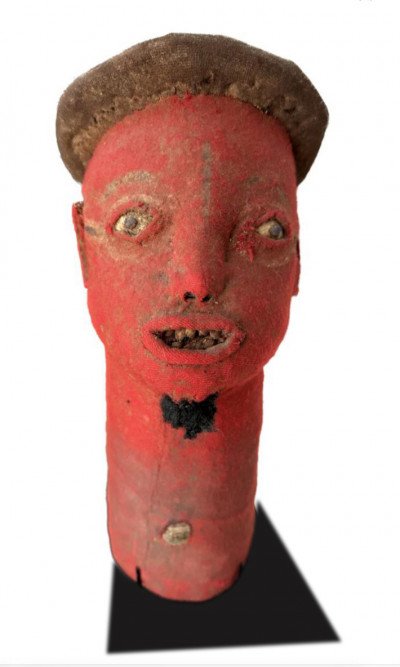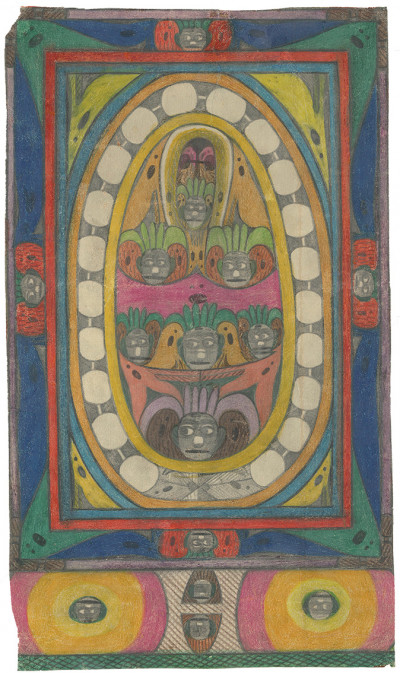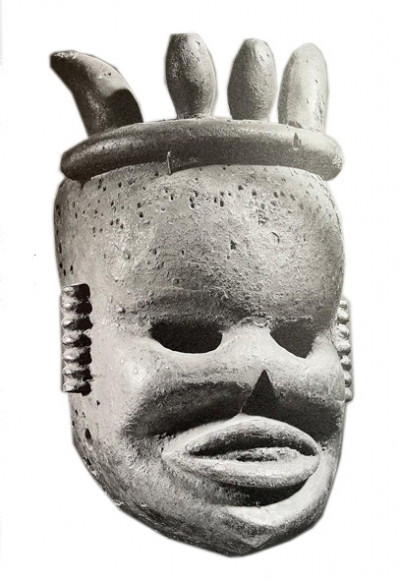the enspirited
tribal art and art brut in conversation
It is not uncommon for people to confuse the terms art brut and tribal art. I see two main reasons for this: the first lies in the adjectives brut and tribal, which seem to suggest that we are dealing with original, primal forms of creation. The second lies in the fact that both of these arts entail a decentering of the Western gaze and invite us to take into account a sovereign otherness, whether cultural or intimate.
Art brut, like tribal art, shares the condition of existing on the margins of norms and the academy. Although the institutionalization of tribal art is nearly a century older than that of art brut, the ‘elsewheres’ these fields bring to light compel us to broaden the horizon of art history and, consequently, to reconsider the very definition of art.
Of course, whereas tribal art bears witness to collective mythologies—emphasized by the anonymity of its makers—art brut reveals individual mythologies, highlighted by the insularity of its authors. And while some visible affinities may be purely coincidental, numerous formal analogies betray a common ground, hinting at a similar archetypal source. Twentieth-century artists recognized this, collecting both kinds of work with the diffuse sense of returning to an Edenic stage of art.
In any case, it is striking that both art brut and tribal art seem to spring from the same quest for answers to the great existential questions. These creators ascribe to art the power to ‘inhabit the world,’ to mend it, to build bridges toward the unknown, the supernatural, the sublime. ‘First’ and ‘brut’ exalt the notions of secrecy and the sacred, which is why these works seem so deeply inhabited—by spirits in one case, by their authors in the other.
The gallery’s twentieth anniversary, more than a moment of celebration, inspired me to entrust this curatorship to Daniel Klein and Antoine Frérot, two dear collector friends—and long-standing supporters of the gallery. Both are driven by the desire to break down categories, both nourish within their own collections these dialogues and confrontations, as illuminating revelations to which I myself feel so deeply attached.
Christian Berst
Exhibition organized in collaboration with the galleries: Olivier Castellano, Bernard Dulon, Indian Heritage ( Frédéric Rond), Flak, Schoffel De Fabry.
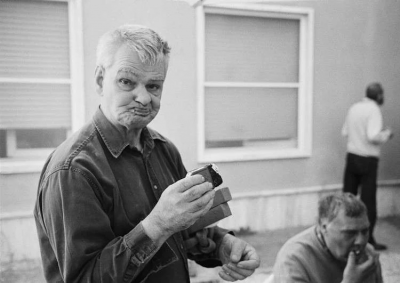
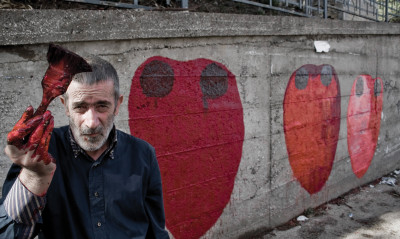
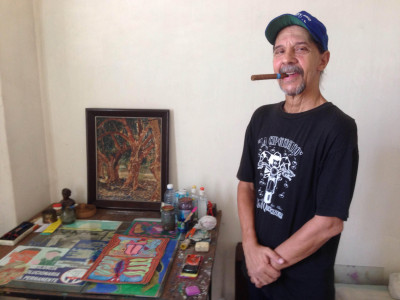
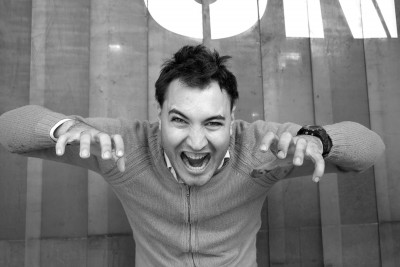

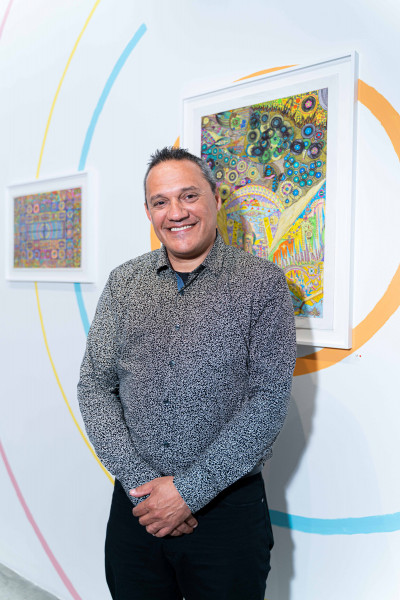
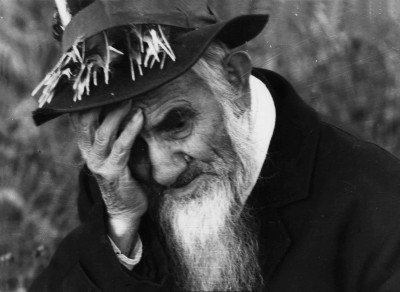
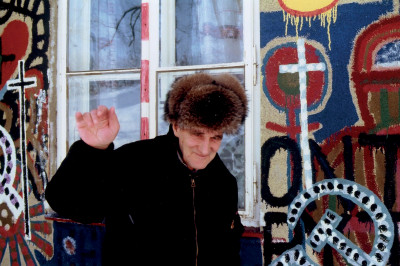
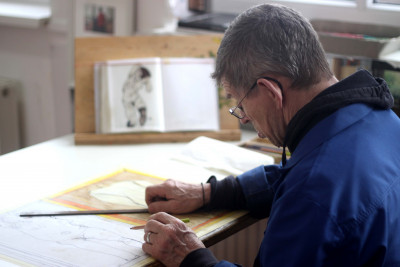
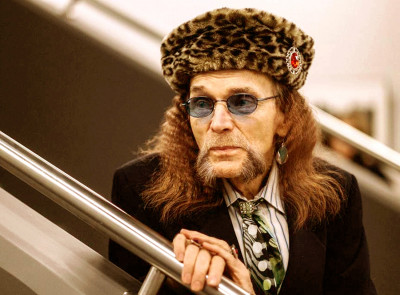

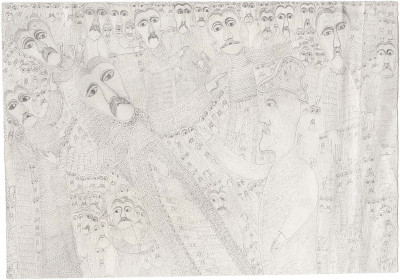

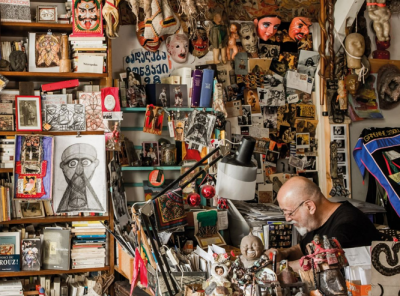
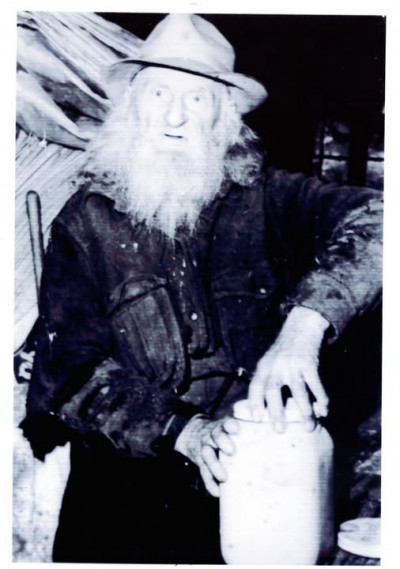

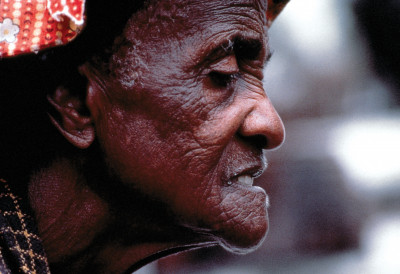
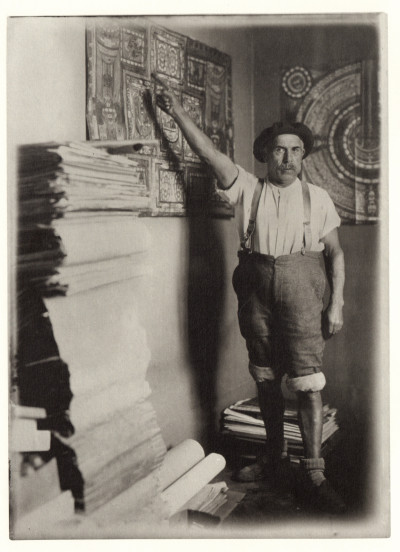
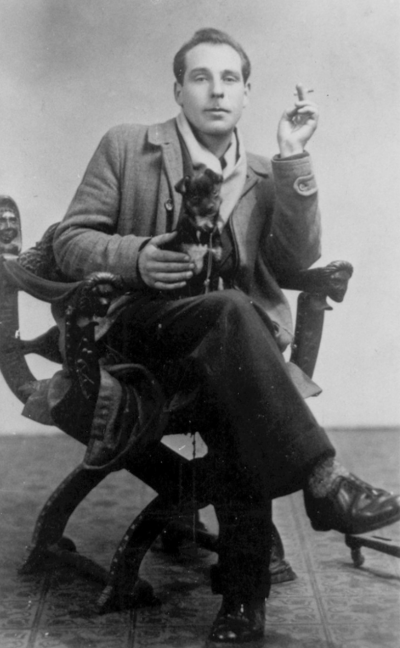
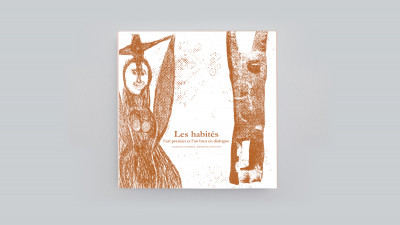
Catalog published to mark the exhibition
the enspirited : tribal art and art brut in conversation
from september 6 to october 26, 2025.
texts: daniel klein, antoine frérot & christian berst
